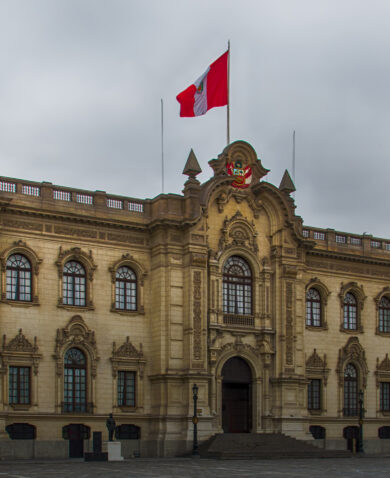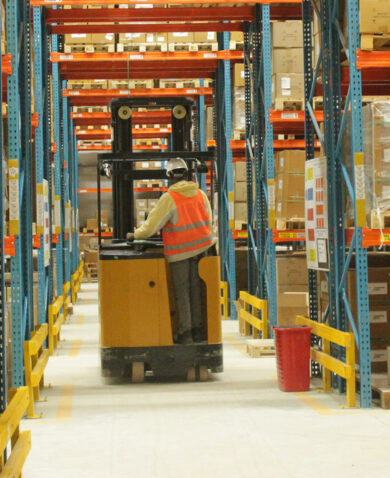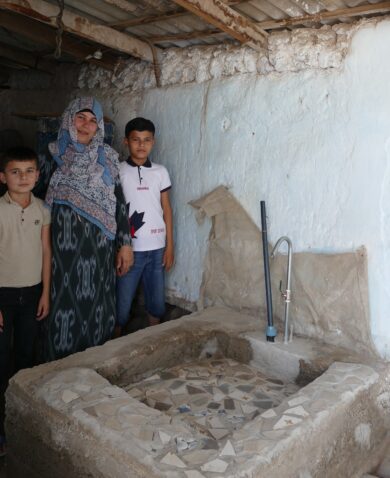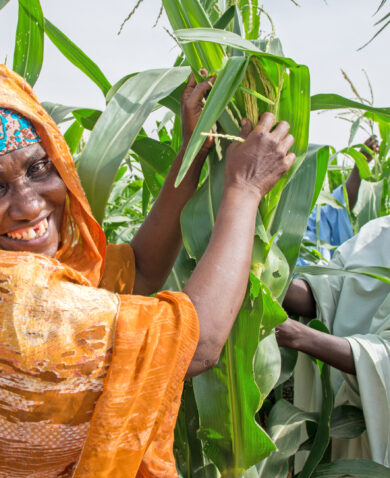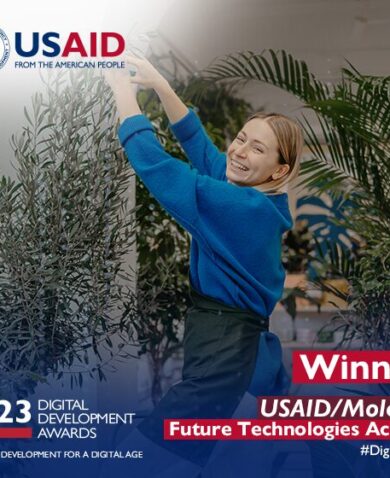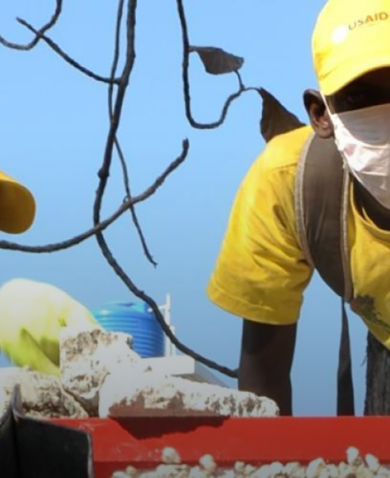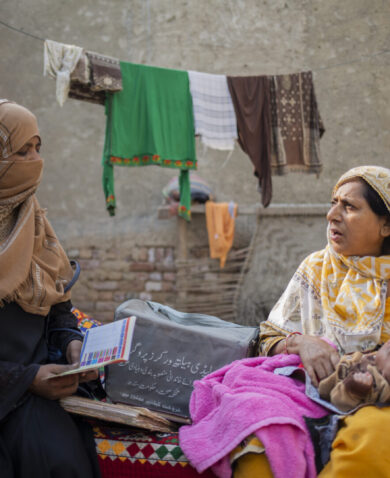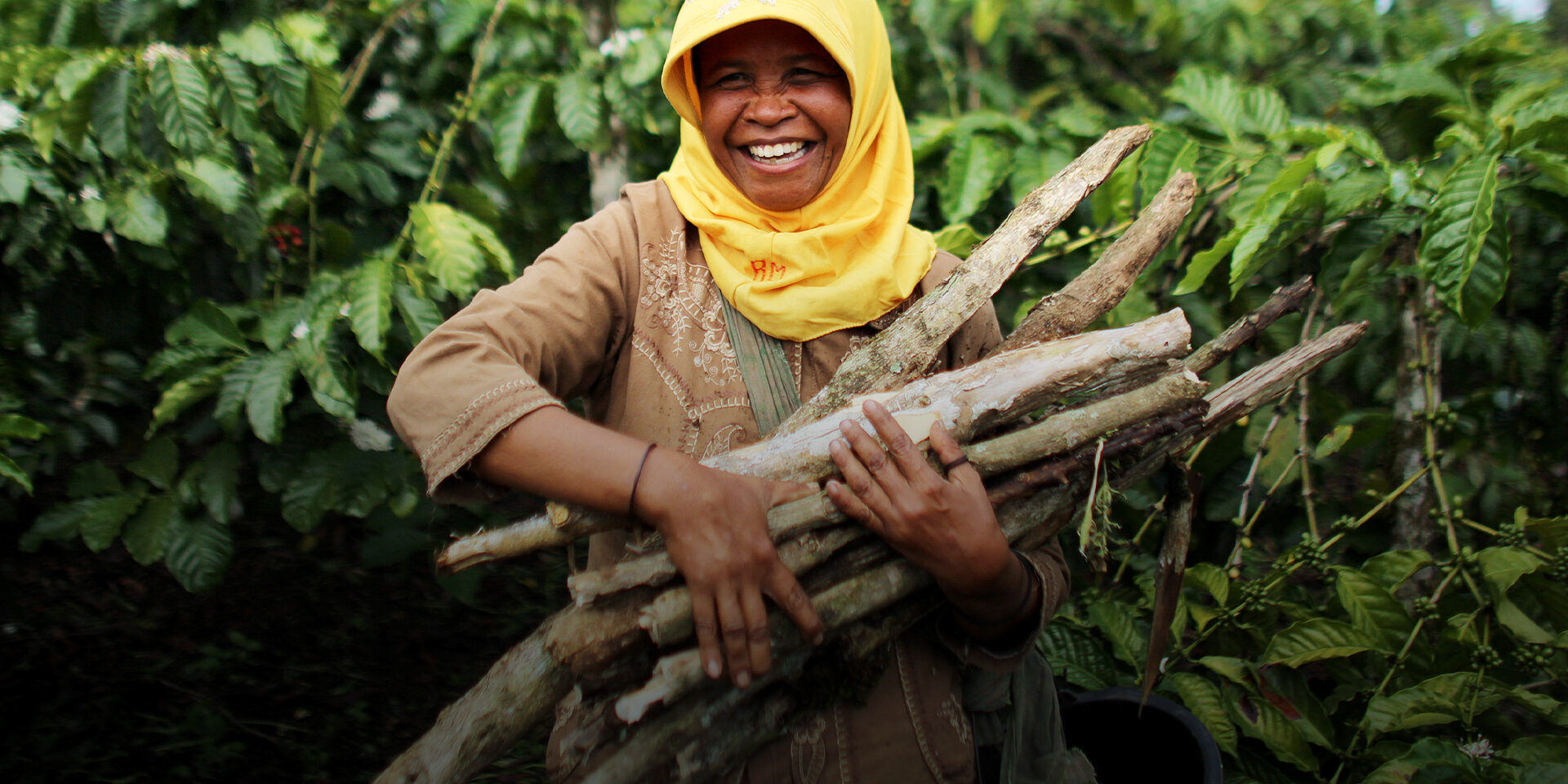
From Billions to Trillions: Using Blended Finance for Scaling Impact in Climate and Health
July 20, 2021 | 5 Minute ReadWhat is blended finance, and why is it the key to closing funding gaps in climate and health?
![]() The following blog post introduces Chemonics’ recently launched Blended Finance Technical Briefs series. Each explores a different development sector as it intersects with blended finance and impact investing, including agricultural finance, gender lens investing, healthcare services, health supply chains, and sustainable landscapes.
The following blog post introduces Chemonics’ recently launched Blended Finance Technical Briefs series. Each explores a different development sector as it intersects with blended finance and impact investing, including agricultural finance, gender lens investing, healthcare services, health supply chains, and sustainable landscapes.
With private capital outpacing traditional donor assistance, the devastating impact of the COVID-19 pandemic further exacerbating the $134 billion annual health funding gap, and the new US administration’s prioritization of climate in its global development agenda, the time for engaging the private sector in blended finance at scale has never been clearer.
The development community has continued to increase its understanding and use of blended finance, deploying an aggregated financing of nearly $144 billion in blended finance deals (as of September 2020), yet significant opportunity remains for leveraging its full potential. At its core, blended finance is the strategic pooling of public or philanthropic capital to mitigate commercial risks and increase private-sector investment for sustainable development. This approach adds value by leveraging the unique tools of the global investment ecosystem to unlock development impact at greater scale than otherwise possible.
While each specific blending approach is highly dependent upon the market and operating context, major donor institutions like USAID and the Foreign, Commonwealth & Development Office (FCDO) are increasingly using blended finance as a tool to absorb risk that may traditionally hinder private sector investment in high-impact sectors. This improves risk-return profiles and reduces risk in investment projects in a way that attracts additional private capital – both particularly useful for facilitating investment in the health and climate sectors. As momentum builds for mobilizing private capital for climate action and global health, it’s integral for the development industry to not only scale existing blended finance mechanisms that have worked well, but also to consider new and innovative approaches for using blended finance as a tool to stimulate additional catalytic investment.
Blended Finance in Climate – Challenges & Opportunities
With annual investment needs for climate and environment projects in developing countries reaching an estimated $1.2-2 trillion, there is a compelling opportunity to expand the use of blended finance to mobilize private capital for climate action. In an area where the global development community is eager for rapid action and the funding gaps are steep, donors and other investors will increasingly turn to blending as a tool for mitigating risk and making climate investments more attractive to private capital. As this shift accelerates, donors and investors participating in blended finance investments in the climate sector should consider ways to strengthen governance structures, enhance transparency, and drive a more systemic approach to achieving climate impact, as a Stanford University study found.
The USAID Reforestation Project, implemented by Chemonics, is an example of deploying blended finance to decrease deforestation and support the conversion to clean cooking in Haiti. Through an innovative blending approach that includes a proactive financing partner, a pilot de-risked with a guarantee fund, and a high-level commitment from all partners, the USAID Reforestation Project has established Haiti’s first domestic liquified petroleum gas (LPG) stove manufacturing plant, thus helping thousands of households switch from using charcoal to LPG and laying the foundation for tens of thousands more to switch.
Blended Finance in Global Health – Challenges & Opportunities
The pandemic has further magnified critical pain points in the $134 billion annual health funding gap for reaching the health Sustainable Development Goals (SDGs) in low- and middle-income countries. While blended finance is a critical tool for addressing these funding gaps, it also offers other key benefits in the global health sector such as introducing creative risk-sharing mechanisms and innovations in service delivery. This requires financial structures that involve more patient capital, flexible repayment terms, and higher risk-taking ability. Donors and implementing partners have a critical role in addressing these market needs and enabling structures that crowd in private capital and allow for greater innovation.
The Medical Credit Fund (MCF) illustrates just how catalytic blended finance can be in increasing access to healthcare services. Beginning with a $1 million USAID grant in 2010, the fund has since mobilized capital from a variety of public and private actors (from the U.S. International Development Finance Corporation to Goldman Sachs and others) to structure a blended finance facility of $50 million. This fund has created a blend of catalytic first-loss capital and technical assistance that has provided more than 4,000 loans to small hospitals, clinics, pharmacies, and diagnostic centers, and has quickly pivoted to respond to the urgent needs of the pandemic.
These highlights from the climate and global health sectors illustrate that blended finance is not squarely an investment approach, instrument, or end solution, but a flexible and innovative structuring approach that leverages the unique financial tools and motives of a variety of actors to achieve mutually beneficial outcomes at scale. Leveraging the knowledge and experience gained from current and future projects will further illuminate the unique role that implementers, including Chemonics, can play in creative blending approaches that drive sustainable and scaled development.
Moving Forward
Despite its potential, blended finance alone is certainly not the antidote to all global development funding gaps. Convergence, the global network for blended finance, highlights persistent challenges for scaling blended finance, including a lack of robust pipeline of bankable projects due to small transaction sizes, complex and unfamiliar structures to both donors and investors, and continued siloes between the donor community and the private sector. As evident from the examples cited, the design and use of blended finance is not only highly dependent upon the country and operating context, but also key factors such as the unique sectoral challenges and opportunities and the depth and maturity of the financial system. These factors are critically important for identifying the best investment opportunities and the unique role different stakeholders and investors bring to the table.
The sector- and context-specific use of blended finance is further detailed in a series of technical briefs developed through a collaboration between Chemonics International’s Center for Private Sector Engagement, Dalberg, and KOIS. This series of briefs includes technical knowledge around blended finance and impact investing in the areas of agricultural finance, gender lens investing, healthcare services, health supply chains, and sustainable landscapes. The series also includes a primer that provides a targeted, high-level overview of blended finance mechanisms to contextualize the sector-specific technical briefs.
Moving forward, it will be critical for the entire global ecosystem to coalesce around more effective and efficient use of blended finance to increase capital leverage, enhance impact, and deliver risk-adjusted returns ultimately for scaling capital from the billions to trillions needed to reach the SDGs, enhancing development impact, and improving lives.
Photo Caption: Partners from the USAID ProRep project succeeded in facilitating reforms granting legal recognition of several indigenous groups — the Kasepuhan tribe in Lebak, Banten; the Tobu Hukaea Laea tribe in Bombana, Southeast Sulawesi; and the To Kaili and To Kulawi indigenous communities in Sigi and Central Sulawesi — as the first step in the process to restore their authority to manage ancestral lands in environmentally responsible ways.
Posts on the blog represent the views of the authors and do not necessarily represent the views of Chemonics.






